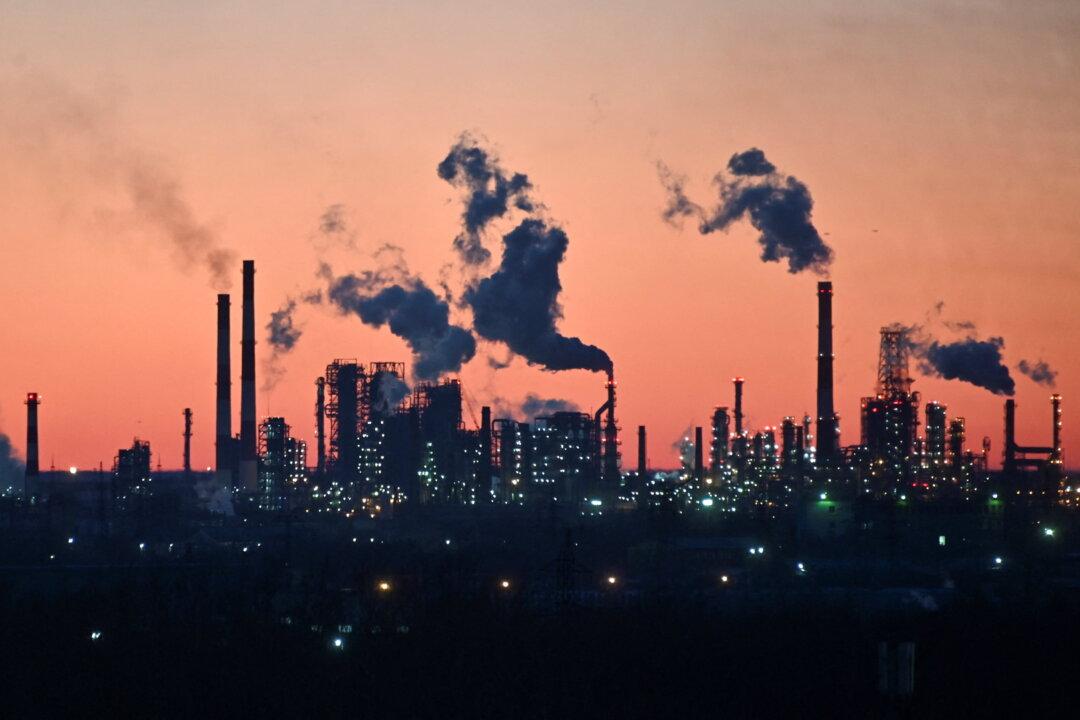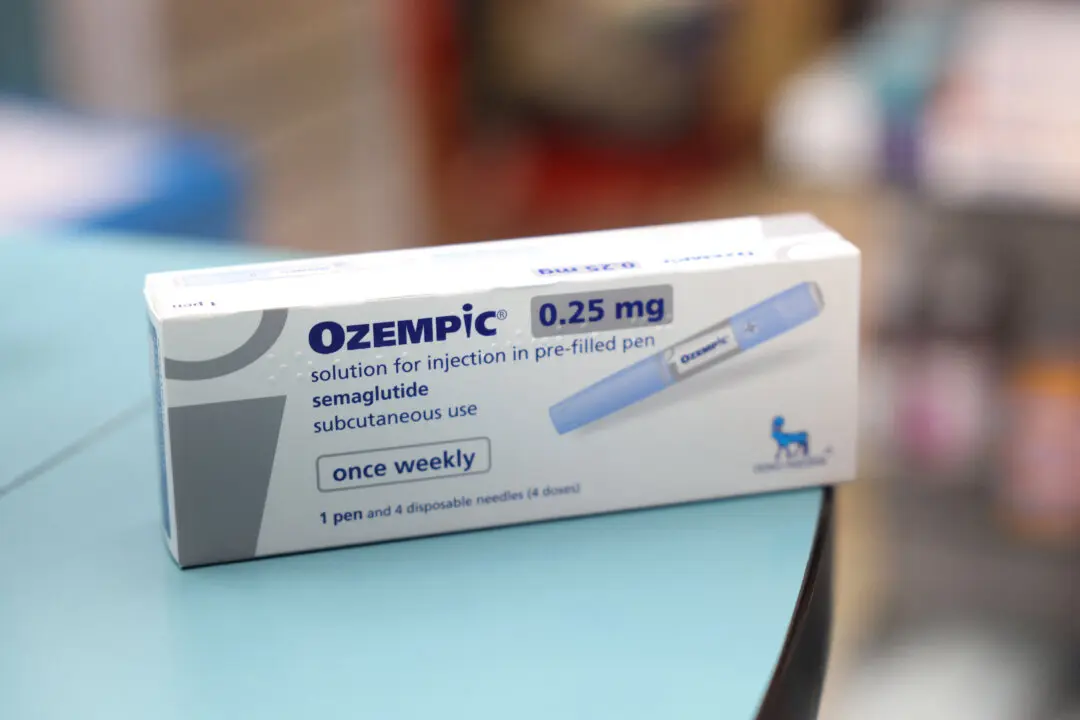Oil prices went up again and equity markets remained jittery as the war raged in Ukraine with peace talks dragging on without clear conclusions, while the U.S. central bank tries to curb inflation amid signs of a possible recession.
Brent was trading around $110 a barrel as of 8:50 a.m. EST, a climb of over 1.44 percent since opening. Investors are awaiting speeches from Federal Reserve chair Jerome Powell and European Central Bank President Christine Lagarde later in the day for understanding how policymakers manage to balance between post-pandemic recovery and looming economic recession.





